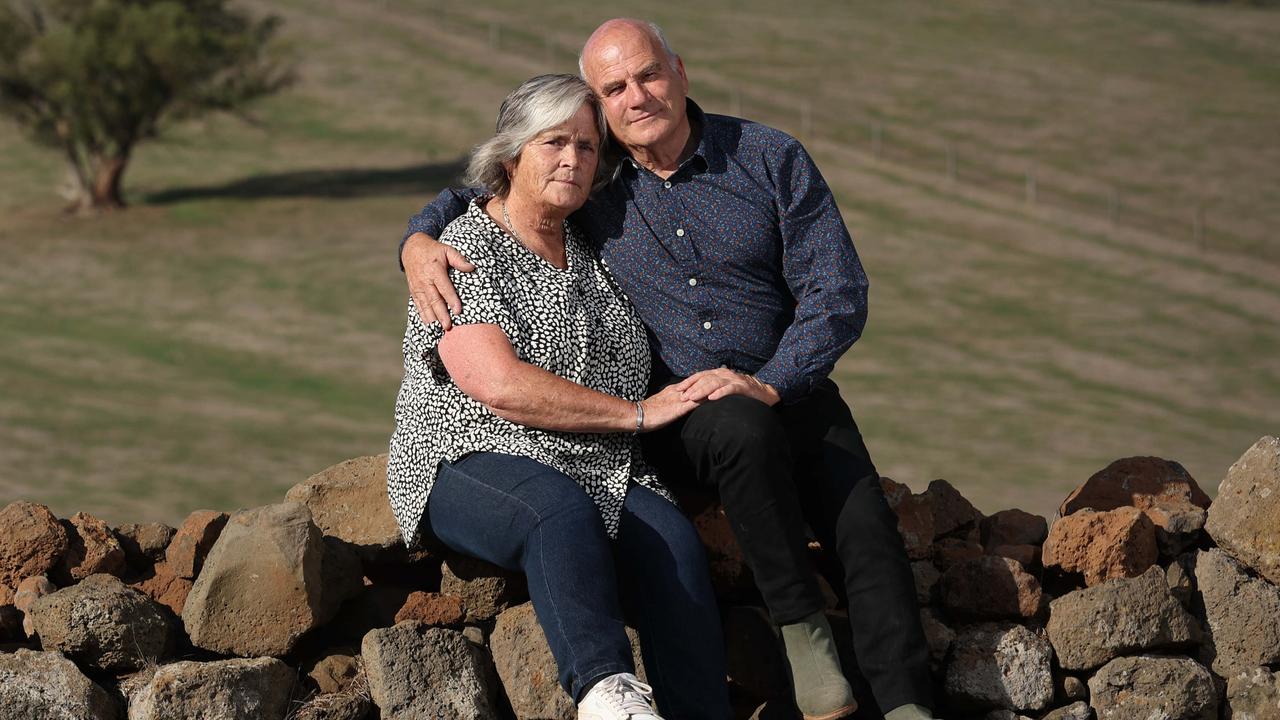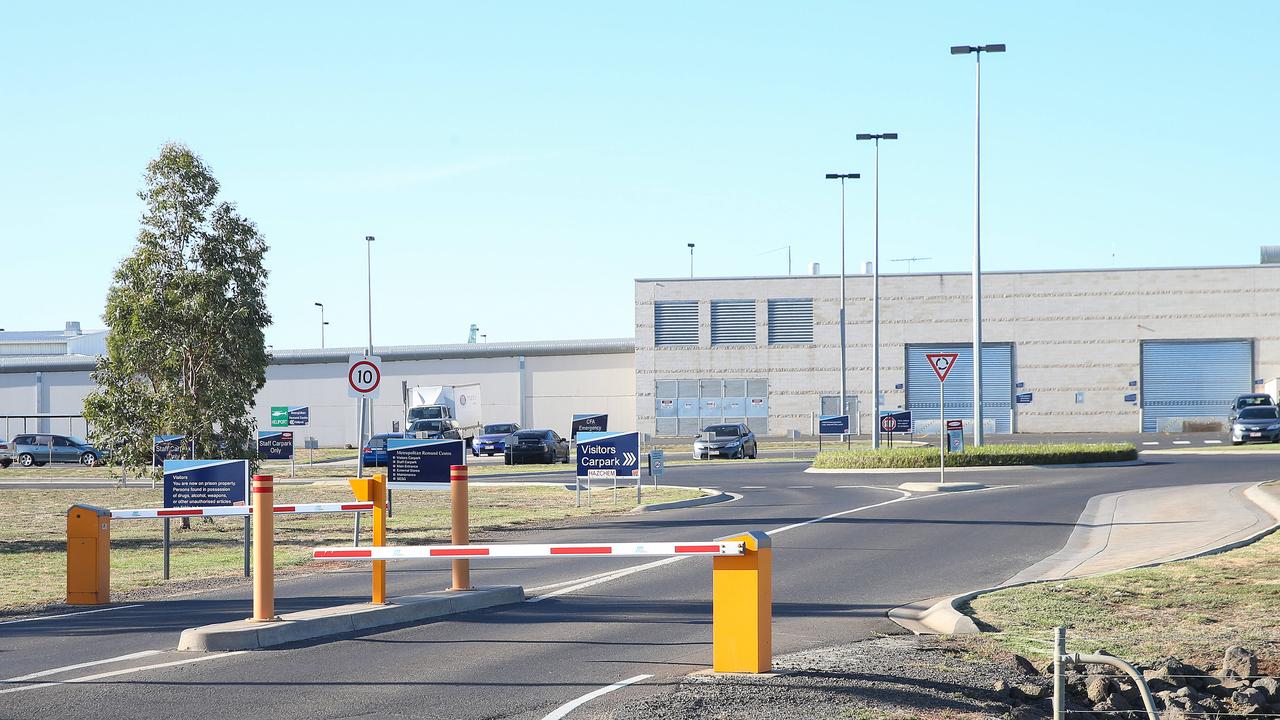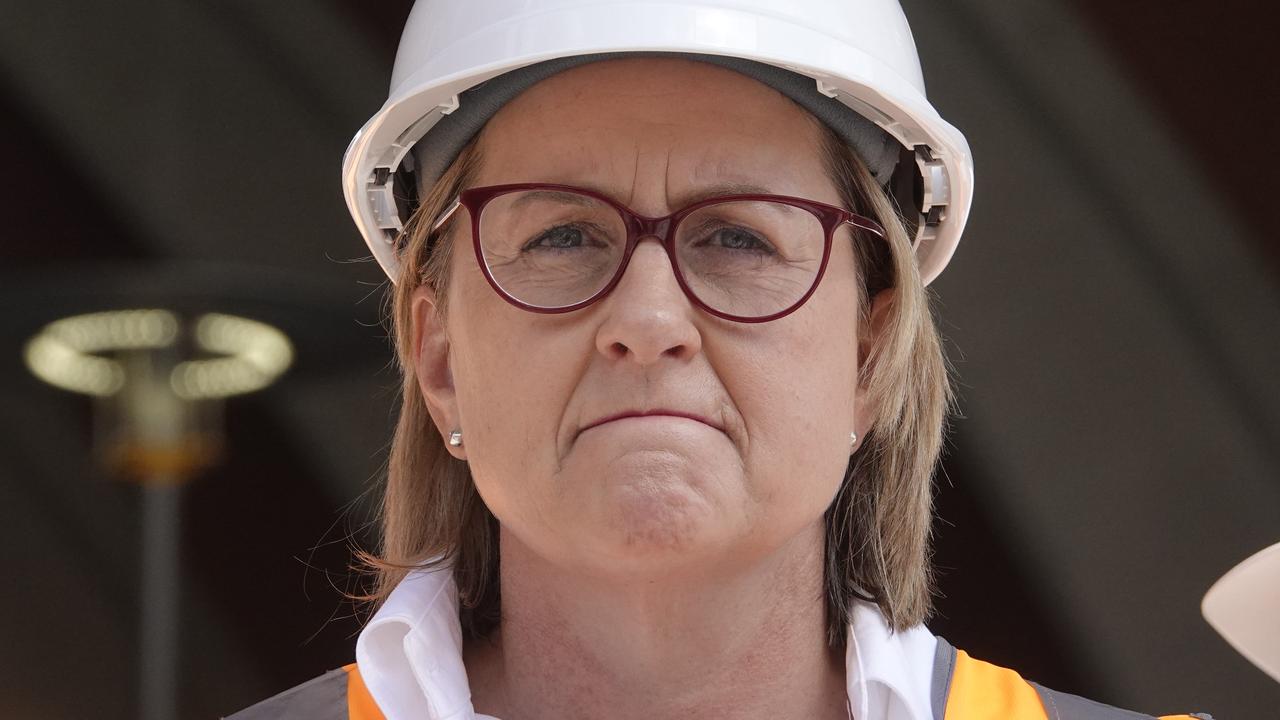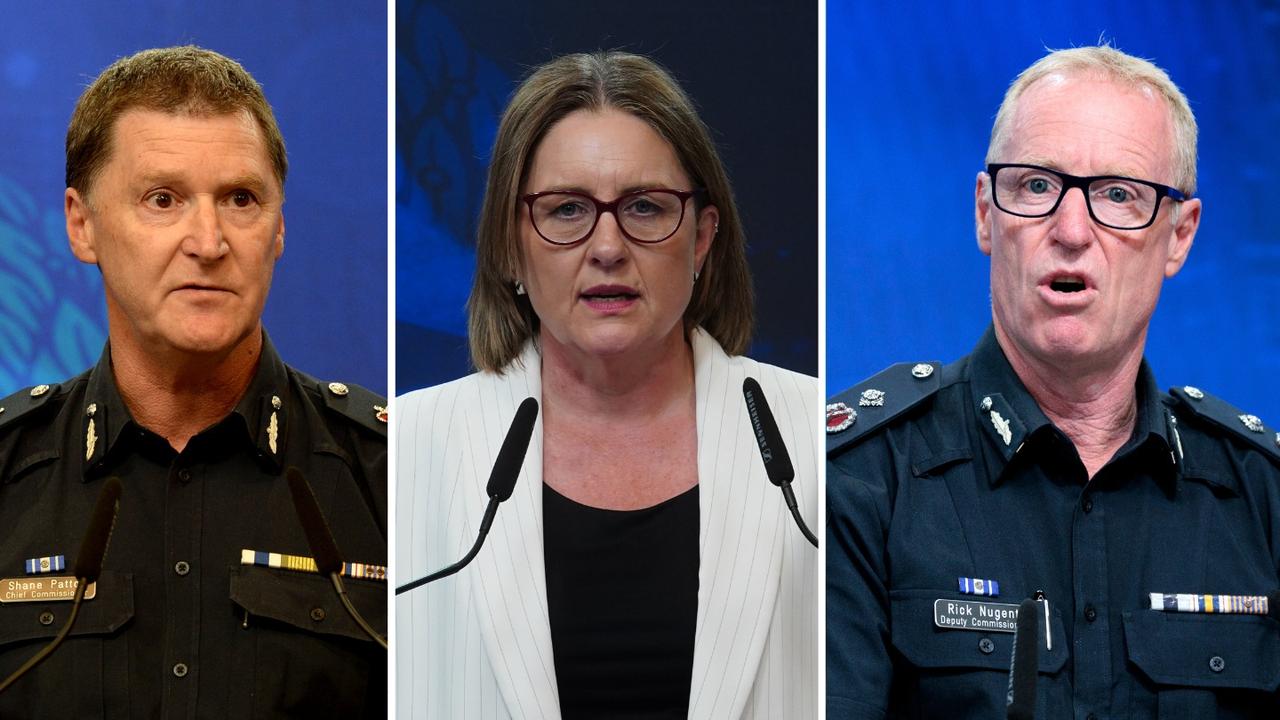Farmers unite on mineral sands ahead of federal election
Victorian and interstate farming groups are collaborating for one clear message ahead of the federal election regarding mining, transmission lines and renewables.
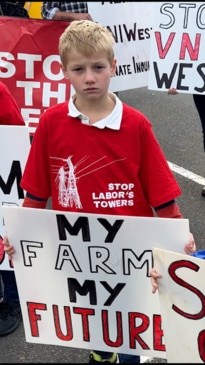
Victoria
Don't miss out on the headlines from Victoria. Followed categories will be added to My News.
Hundreds of farmers are joining forces ahead of the upcoming federal election with one clear message on mineral sands mining.
“We want a pause, halt, stop on any approval being granted until we’ve had a completely independent review,” Limestone Coast Sustainable Futures Association chairman Todd Woodard said.
The federal government has previously listed 55 “investment-ready” critical minerals projects across Australia.
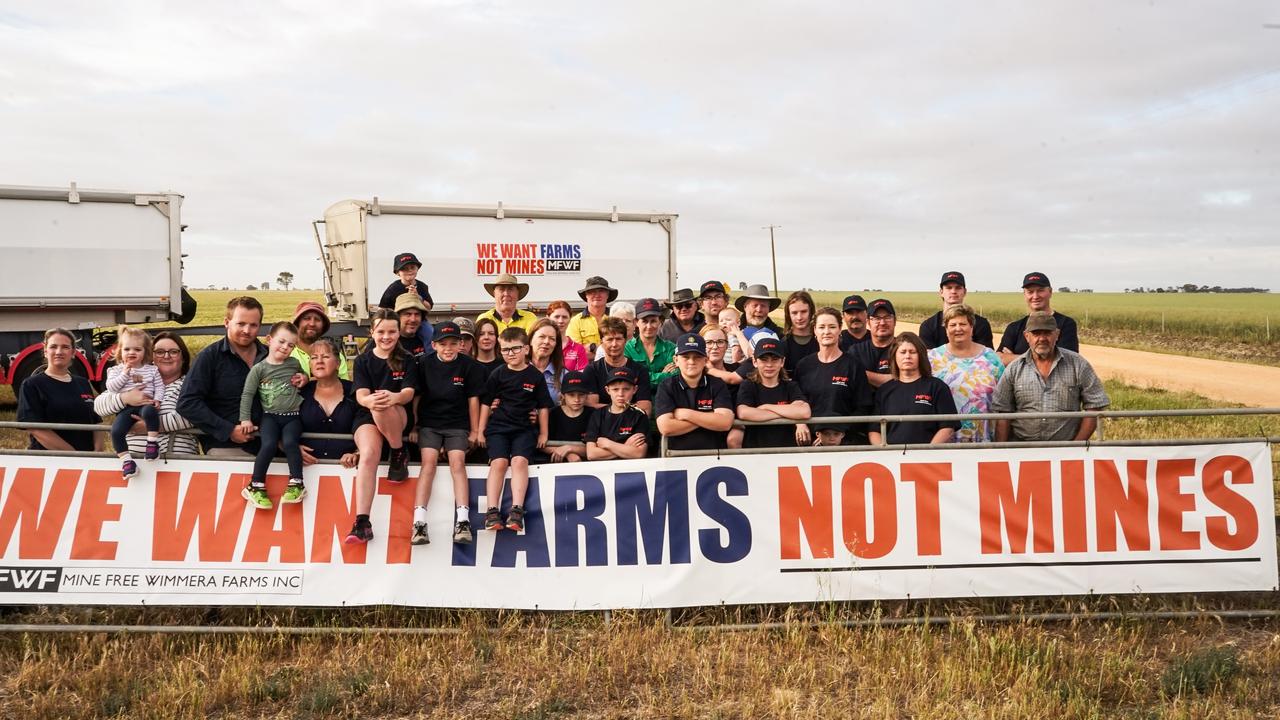
Nearly 20 groups have met to call on the government to pledge to deliver “ethical energy”, and initially formed to safeguard agricultural regions.
Several Victorian groups included Mine Free Wimmera Farms, Farms for Food, Mine Free Mallee Farms and Dunmunkle Landcare Protection Group.
DLPG chair Andrew Weidemann said Victorian farmers produced a significant chunk of Australian produce, and it should be protected.
“Given the vast area of uninhabitable land across this country, we think this should be achievable without destroying farms and iconic landscapes,” he said.
“Victorian food production is now under threat from energy projects spread across the entire state, including Battery Energy Storage Systems, mineral sand mines, wind turbines and solar panels.”
Mr Weidemann said the farming groups’ major concerns included fire risk management, noise and dust, water demands, native habitat, and potential impact on rural roads.
He said the farmers’ advocacy groups had a collective social media following of more than 100,000 accounts.

Meanwhile, the SA-based LCSFA group started its campaign Save Our Soils and attracted about 300 members.
“We don’t want to be seen as anti-mining, we want to be seen as pro-existing industry, environment and water,” Mr Woodard said.
“We’re a highly valued agricultural area with unique trees, a unique aquifer, and really, truly, why would we risk any of that?”
Mr Woodard has lived in the Limestone region for 27 years, and is a grazier with 1300 breeding cows and 3000 sheep for prime lambs.
“We want to point out what our region contributes to the state. We’re two per cent of the landmass of South Australia, we contribute 30 per cent of all agricultural product the state produces,” he said.
“That’s the greatest asset that we think is at risk.”
Originally published as Farmers unite on mineral sands ahead of federal election



